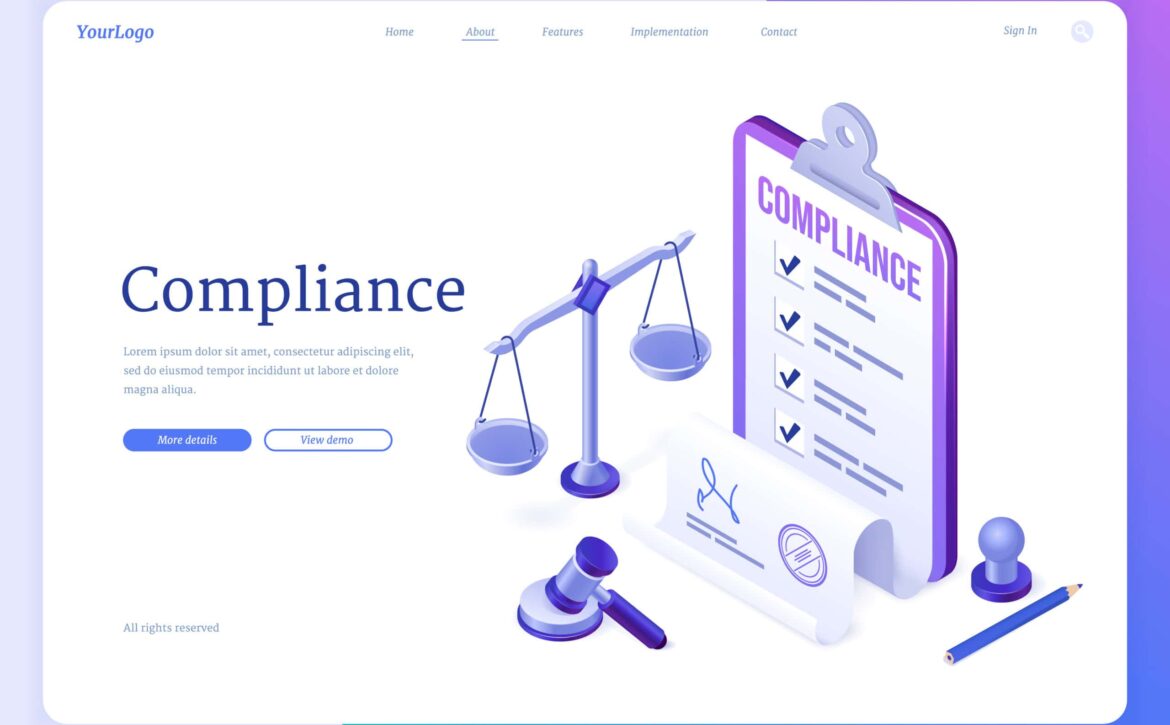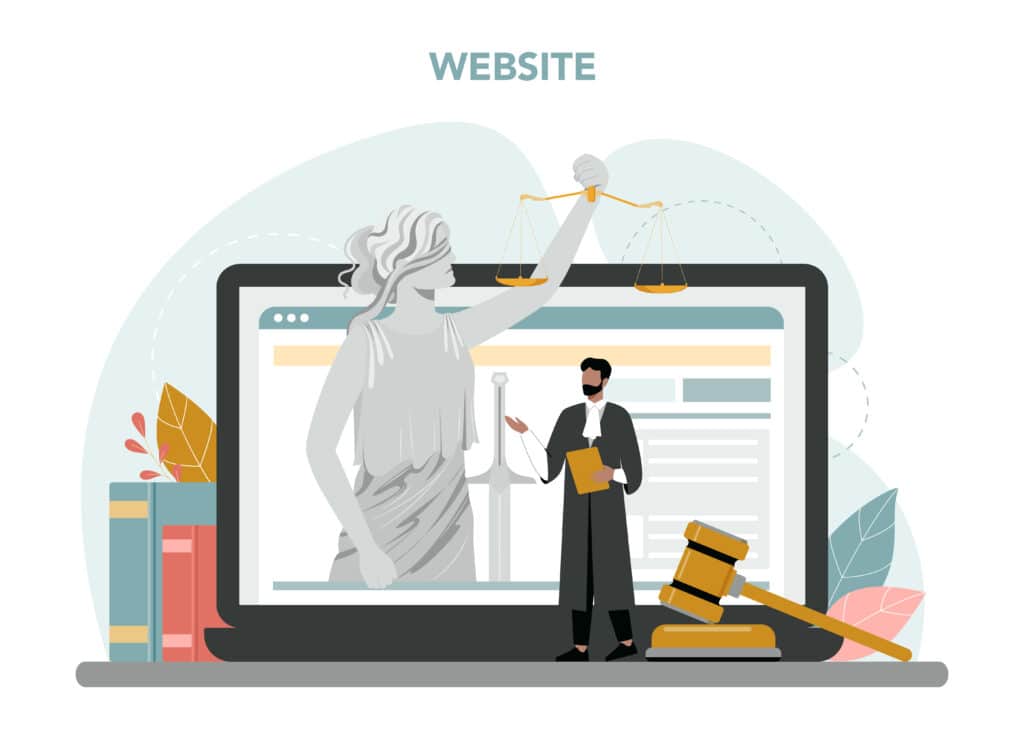6 Benefits of Effective Online Review Management
Achieving Excellence in Online Review Management
Have you ever checked online reviews before purchasing or choosing a service? If you’re like most consumers, the answer is a resounding “yes.” Online reviews have become an integral part of our decision-making process. But have you considered the flip side? As a savvy entrepreneur or marketer, understanding the power of effective online review management is paramount. In this blog, we’ll explore six compelling benefits that extend beyond mere customer feedback. From building trust to gaining a competitive edge, discover how strategic review management can enhance your brand’s online presence and success. Let’s dive in!
Benefit 1: Improved Reputation Management
Online reputation can make or break a business. Effective online review management plays a pivotal role in building and maintaining a positive online image. When customers share their experiences through reviews, potential buyers often rely on these insights to make informed decisions.
Building and Maintaining a Positive Online Reputation
Managing online reviews allows businesses to engage with their customers actively. When you respond promptly to positive or negative reviews, you demonstrate a commitment to customer satisfaction. Acknowledging and addressing concerns shows that you value feedback and are dedicated to improvement. This proactive approach can turn a potentially harmful situation into a positive one, boosting your reputation.
Impact on Brand Credibility and Trustworthiness
Positive online reviews act as social proof. Potential customers who see glowing reviews from previous patrons are more likely to trust your brand. This trust can be a game-changer, as credibility is a critical factor in the decision-making process. A well-managed review profile enhances your brand’s trustworthiness, attracting more customers and fostering loyalty.
Benefit 2: Increased Customer Trust
As consumers increasingly turn to the internet for information before making purchase decisions, it’s crucial for businesses to understand the importance of effective online review management. In this article, we’ll explore the second key benefit of such management – increased customer trust.
Building Trust through Positive Reviews
Positive online reviews can be a game-changer for businesses. They serve as digital endorsements from real customers who have had positive experiences with a product or service. Here’s how they instill trust in potential customers:
- Social Proof: When potential customers see a business with a significant number of positive reviews, it creates a sense of social proof. This means that if others have had good experiences, they are more likely to trust the business and believe that they will also have a positive experience.
- Credibility: Positive reviews add credibility to a business. Customers tend to trust the opinions of their peers more than traditional advertising or marketing materials. Genuine reviews from real customers carry weight and authenticity.
- Relevance: Reviews provide potential customers with relevant information. They can read about the experiences of others with similar needs or preferences. This helps them assess whether the product or service aligns with their expectations.
- Consistency: Consistently positive reviews over time demonstrate a business’s commitment to delivering quality products or services. This consistency helps build trust as customers believe they can rely on the business.
Benefit 3: Enhanced Customer Engagement
It goes beyond collecting and monitoring customer feedback; it involves engaging with your audience through active responses to both positive and negative reviews. This commitment to customer satisfaction strengthens your relationship with existing customers and enhances your brand’s reputation. By valuing customers’ opinions and addressing their concerns, businesses can foster loyalty and trust, leading to positive word-of-mouth recommendations and ultimately benefiting your bottom line.
Here’s why enhanced customer engagement through it is a game-changer:
- Valuable Feedback Loop: Online reviews provide an invaluable feedback loop for your business. Customers often share insights, suggestions, and even product improvement ideas in their reviews. By engaging with these reviews, you can gather valuable information that can help you enhance your products or services. This customer-centric approach can lead to better offerings and increased customer satisfaction.
- Improved Customer Retention: Engaging with customers through online reviews can turn dissatisfied customers into loyal ones. When you respond promptly and effectively to negative feedback, you can resolve issues and win back customers’ trust. Additionally, showing appreciation for positive reviews can help reinforce the loyalty of satisfied customers.
- Strengthening Your Online Presence: Engaging with reviews isn’t just about managing your reputation; it’s also about strengthening your online presence. You contribute to the ongoing narrative when you actively participate in the conversation about your brand. This can boost your search engine rankings and overall visibility, making it easier for potential customers to find you.
- Competitive Advantage: Not all businesses effectively manage their online reviews, which presents an opportunity for you to gain a competitive advantage. When potential customers compare your responsiveness and engagement to that of your competitors, it can be a deciding factor in their choice.

Benefit 4: Competitive Advantage
Effective online review management can give your business a significant competitive advantage. Reviews are no longer just a platform for customers to express their opinions; they are a powerful tool that can influence potential customers and shape your brand’s reputation.
- Improved Reputation: A strong online reputation sets a business apart from competitors, as positive reviews enhance the brand’s image, build trust, and establish credibility. This positive perception can lead to more conversions and increased customer loyalty.
- Higher Search Engine Rankings: Search engines like Google consider online reviews a ranking factor. Businesses with a higher quantity and quality reviews tend to rank higher in search results. This means that by actively managing and responding to reviews, you can improve your search engine optimization (SEO) efforts, making it easier for potential customers to find your business online.
- Consumer Trust and Confidence: Consumers value businesses with a strong online reputation, and effective review management involves responding to both positive and negative reviews to improve customer experiences and build trust.
- Competitive Analysis: Monitoring online reviews manages reputation and provides insights into competitors, enabling tailored marketing strategies and data-driven decisions.
- Customer-Centric Improvements: Online reviews provide valuable feedback for product or service improvement, enabling continuous improvement and staying ahead of competitors who may need to be more responsive.
- Differentiation and Unique Selling Proposition (USP): Positive online reviews can be a powerful selling proposition for businesses, as they highlight their ability to consistently provide exceptional experiences, making them a key differentiator in crowded markets with similar products or services.
Benefit 5: Valuable Customer Feedback
It is a crucial tool for businesses to gather real-time customer feedback, providing valuable insights into customer sentiment and areas for improvement. This real-time input helps businesses understand customer sentiment, identify trends, and guide decision-making. It also facilitates competitive benchmarking, allowing businesses to learn from their competitors’ successes and shortcomings. It transforms customer feedback into a powerful tool for continuous growth and improvement. It offers several advantages when it comes to gathering valuable customer feedback.
- Real-time Insights : Online review platforms allow businesses to receive feedback in real time. Customers can share their experiences immediately after purchasing or interacting, providing fresh and relevant insights. This real-time aspect enables swift responses to positive and negative feedback, showcasing a company’s commitment to customer satisfaction.
- Understanding Customer Sentiment : Online review management tools often incorporate sentiment analysis features to gauge customer satisfaction or dissatisfaction, enabling businesses to make informed decisions and prioritize improvements based on customer sentiment.
- Identify Trends and Patterns: Managing online reviews allows you to identify trends and patterns in customer feedback, allowing you to focus on areas that matter most to your customers, such as optimizing logistics if numerous reviews mention slow shipping times.
- Competitive Benchmarking: Keeping an eye on your competitors’ reviews can provide valuable insights. By analyzing your competitors’ feedback, you can identify areas where they excel and fall short. This information can inform your strategy, helping you gain a competitive edge by addressing shortcomings in your offerings.
Benefit 6: Increased Conversions and Revenue
Online review management can significantly boost your conversions and revenue. When potential customers browse your products or services online, positive reviews act as powerful endorsements, instilling trust and confidence in your brand. Consumers are more likely to make a purchase when they see that others have had positive experiences. Moreover, having a higher quantity of reviews can enhance your search engine rankings, making it easier for potential customers to find your business. This increased visibility and trust can lead to higher click-through rates, more conversions, and ultimately, a substantial boost in revenue for your company.
Tips for Effective Online Review Management
Now that we’ve explored the benefits let’s dive into three essential tips for effective online review management:
- Monitor Review Platforms Regularly: Make it a routine to monitor popular review platforms like Yelp, Google My Business, TripAdvisor, and industry-specific sites for new reviews. Setting up notifications can help you respond promptly to positive and negative feedback.
- Respond Promptly and Professionally: Always maintain a professional and courteous tone when responding to reviews. Address negative feedback with empathy and a desire to resolve issues. Thank positive reviewers for their support and loyalty. Timely responses show your commitment to customer satisfaction.
- Encourage Customer Reviews: Be bold and ask satisfied customers to leave reviews. Include links to review platforms in your email signatures, website, and social media. The more reviews you have, the stronger your online presence becomes.
The benefits of effective online review management cannot be overstated. It’s a critical component of any successful digital strategy, from safeguarding your reputation to boosting trust, credibility, and revenue. Businesses that embrace online review management are better equipped to thrive in today’s competitive landscape. We encourage you to take action now, proactively manage your online reviews, and harness their power to propel your business to new heights. To enhance your online presence and reputation, please contact us at 760-383-3591 for more information. Please share your thoughts, and let’s work together to ensure your business excels in the digital realm.









